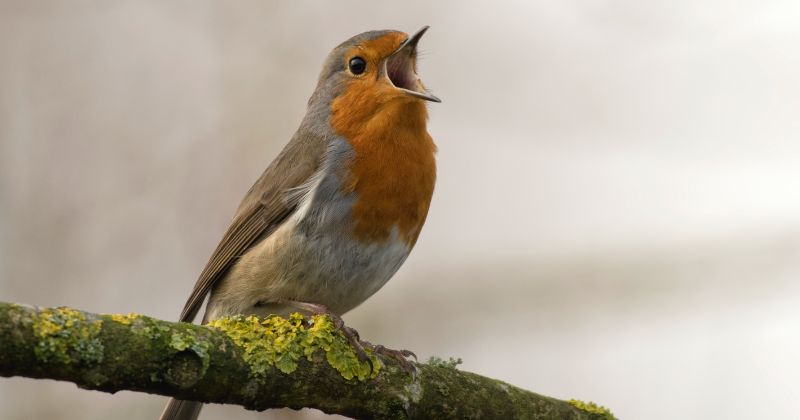It is believed that over 90% of bird species generally have only one partner for at least one breeding season, if not more. However, some monogamous birds change partners for a subsequent breeding season despite the fact that their original partner is still alive, a behavior termed “divorce”.
jump to
- The birds divorce each other
- More male promiscuity was found to be related to higher divorce rates.
The birds divorce each other
 Unsplash
Unsplash
While several studies have looked at possible factors associated with such breaks, experts say they tend to focus on individual species or groups of species. Now the researchers say they have found two key factors involved in divorce in a wide range of bird species: male promiscuity and long-distance migrations.
Researchers from China and Germany detail how they drew on previously published data on divorce rates for 232 bird species, mortality data, and migration duration in the Proceedings of the Royal Society B journal. Based on available behavioral data of the birds, the team also assigned a different “promiscuity score” to males and females of each species. They also performed an analysis based on the evolutionary links between species to account for the impact of common ancestry.
The findings show that species with high divorce rates tend to be closely connected to one another, a finding that holds true for species with low divorce rates as well.
Male promiscuity followed a similar trajectory. Plovers, swallows, martins, orioles, and blackbirds, for example, had high divorce rates and male promiscuity, while petrels, albatrosses, geese, and swans had low divorce rates and male promiscuity,” the researchers wrote.
More male promiscuity was found to be related to higher divorce rates.
While more male promiscuity was found to be associated with higher divorce rates, this was not the case for female promiscuity.
According to Dr. Zitan Song of Germany’s Max Planck Institute for Animal Behavior, when a male bird behaves promiscuously when mating with numerous females, it is generally interpreted as a sign of less commitment.
Because its attention and resources are divided among numerous mates, it is less attractive as a mate and more likely to “divorce” in the following breeding season. Mating with numerous females, on the other hand, can improve the overall fitness of a male bird. Dr. Song went on to say that female promiscuity may have different implications than male promiscuity.
Uncertainty about the paternity of babies as a result of female promiscuity may increase male involvement in parental care.
The researchers also found that animals with longer migration distances had a higher divorce rate. The researchers also found that death rates and migration distance appeared to be associated with male promiscuity, implying that divorce may have an indirect effect.
What do you think about this? Tell us in the comments.
For more trending stories, follow us on Telegram.
Categories: Trending
Source: vtt.edu.vn